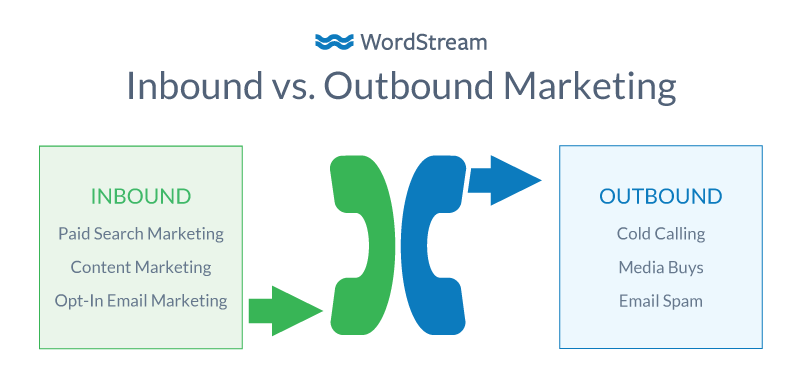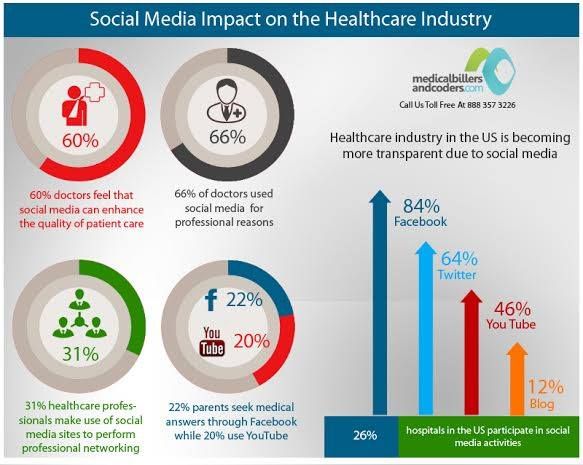
Your content marketing strategy should have a goal and be beneficial to your products and services. You should first focus on your short-term objectives, then move to your longer-term goals. Your goal-setting process will be easier if you have a plan. These tips will help you create a content marketing strategy that is SMART and goals-oriented. Keep reading to learn how it's done right. Once you are familiar with the basics of content marketing you can begin creating the best possible product for your company.
Goal-oriented
A successful content marketing strategy has many different types and approaches, but all of these strategies have one thing in common: they are all geared towards achieving a specific business objective. Easy-to-find content will make prospects more likely to purchase your product or service. It will also increase your sales. It is possible to combine different types of content in order to reach more goals. There are three main types: educational, enlightening, or promotional.
Content marketing has the primary goal to build brand awareness. Although brand awareness should be a primary goal, it should not become the only goal. Content should result in profitable action. That means you need to set a clear goal for your content marketing strategy. Measure your results to ensure your marketing strategy is effective for your business. Every content marketing strategy should incorporate some form of analytics. It will help you to track your results and make the adjustments that are needed.
SMART

Smart content marketing strategies are necessary to reach more people, increase traffic, and improve engagement. The best content marketing strategies focus on specific groups. Engagement and profit will be increased if your content is relevant to your target audience. Smart content strategies include audience segmentation. Content that is designed to keep your visitors interested and returning for more. Smart content marketing strategies are designed to increase engagement, traffic and leads. These content marketing strategies are what you need to know.
Content marketing strategies should include customer research. Understanding your target audience, their buying habits, and pain points is essential to a content marketing strategy. This is known as your buyer persona, or customer avatar. The persona will help you decide what types of content you should create, how to segment your audience, and how to capture leads. It will be easier to create content that resonates for your customer avatar. This will help you determine what content works best for your audience.
Collecting input from relevant departments
It is crucial to get input from all departments regarding marketing content. The best content strategy is collaborative and involves input from multiple departments. Sharing content across departments allows each department to achieve its own goals while still having a degree of autonomy. This is especially important because a single piece can accomplish many goals. Here are some ways to create content strategies that require input from various departments.
Monitoring analytic reports
Monitoring analytic reports can help content marketers gain valuable insights. Analytic reports provide valuable insight into which content converts into leads. It is also crucial to study the content of your competitors in order know your audience and what their needs are. Although whitepapers and e-books might have a different audience, it is important to know who your target audience is. However, the content that engages with readers is crucial for your business's success.

Segmentation offers a better overview of content-only pages than the generic information. For the best information, you should look at what traffic sources brought people to your site. Do you see more referrals to your site than social traffic? If referrals topped your list, you can look at specific pieces of content that perform better than any other form of traffic. Finally, consider the types of content that you are producing. See which pieces performed well across all channels.
FAQ
What is Content marketing?
This strategy involves creating relevant and valuable content for your blog or website. This content can include video, images, text, and infographics.
How long does it take to get started in content marketing?
It depends on the size and scope of your business. Smaller companies often don't have sufficient resources to invest right away in content promotion. If you're willing and able to work hard, however, it can make a huge difference.
What are the 7 steps in content marketing?
The seven-step process of content marketing involves:
-
Identify the problem
-
Learn what is working right now
-
Find new ideas
-
Make them strategic
-
Try them
-
You can measure the results
-
You can continue this process until you find something that works.
This approach has been proven to work well for businesses large and small.
What is my ROI from using a Content Marketing Strategy?
The average return on investment (ROI) for businesses that implement a Content Marketing Strategy is between 5x and 10x higher than for businesses that don't.
A Content Marketing Strategy is designed for sales and leads generation.
It also provides valuable insight into your business. These insights can help you make better business decisions like identifying new opportunities or improving customer service.
So, if content marketing strategy is something you're interested in, here are some numbers:
It's possible to double your overall revenues.
Statistics
- Seventy-two percent business to business (B2B) (mailchimp.com)
- According to our research, 65% of companies with very successful content marketing in 2021 ran content audits at least twice a year. (semrush.com)
- We found that 40% of businesses don't have a documented strategy yet. (semrush.com)
- Measure your goals with a progress indicator of 0-100%. Make your goals collaborative and transparent (semrush.com)
- Companies that use content marketing see approximately 30% higher growth rates than businesses not using it. (mailchimp.com)
- Content marketing produces 3X more leads per dollar spent. Content marketing costs 62% less than traditional marketing. (criteo.com)
- Progress indicators (0–100%) allow each team member to see how attainable each goal is and understand what remains to be accomplished. (semrush.com)
- Forty-seven percent of buyers view 3 to 5 pieces of content before engaging with a sales representative. (mailchimp.com)
External Links
How To
Infographic Design Tips for Content Marketing
Infographics are one of the most effective ways to explain complex concepts simply, making information easy to understand. You should use infographics to spread the message about content marketing.
You'll need design software such as Adobe Illustrator or Photoshop to create an infographic. These programs allow you to create infographics by drawing different shapes and elements. You can then use colors and fonts for your data. Once you are happy with your design, you can upload images to Unsplash and Pixabay for your design.
You can find inspiration for your own ideas by looking at existing infographics online. You could use a photo of a food pyramid to show the calories in particular foods. Then, replace those numbers with photos of the foods. You could also look at the sugar content of soda pop, and then take a photo of a Coke bottle.
Once you've designed your infographic, you can share it through social media channels like Facebook and Twitter. This helps people who aren't familiar with the concept learn about it. Include hashtags if you plan to share your infographic via social media platforms. This will allow others to see what you're talking. You can use hashtags to allow others to follow your conversations about specific topics.
An infographic is a shorter version of a blog post. An average blog post is between 2000 and 5000 words, while an infographic takes 500 to 1000 words. This means you can easily convey more information with less space.
Remember that not all viewers can read small font sizes when designing an infographic. It is important to use large fonts and avoid relying too heavily on colors when designing your infographic. It is important that all text is legible.
These are additional tips:
-
Select an Infographic Template. There are many free templates online. Canva, Piktochart or Google Slides are three of the most well-known templates.
-
Make your Infographic. You can use the template to create your infographic. You can use any kind of media that you feel is appropriate for your audience. If you want to create an infographic on the best places for food in Seattle, for example, you might use photos from local restaurants.
-
Add Text. After creating your infographic, add text with Microsoft Word, PowerPoint, and Canva.
-
Add images. Add images to your infographic. These images could be photos, charts, graphs or icons. Make sure the picture is relevant to your topic before you add it.
-
Make It Interactive. You can add interactive elements such as buttons, maps, and links. This will make it easier for your audience to interact with you.
-
Share. Share the infographic once you're done.
-
Measure. How well did your infographic perform? Did people click on your website? Did they sign-up for your email address? Was your infographic received well by them?
-
Improve. Do you have any suggestions for improving your infographics? Are you able to do it better the next time?
-
Repeat. Do it again.